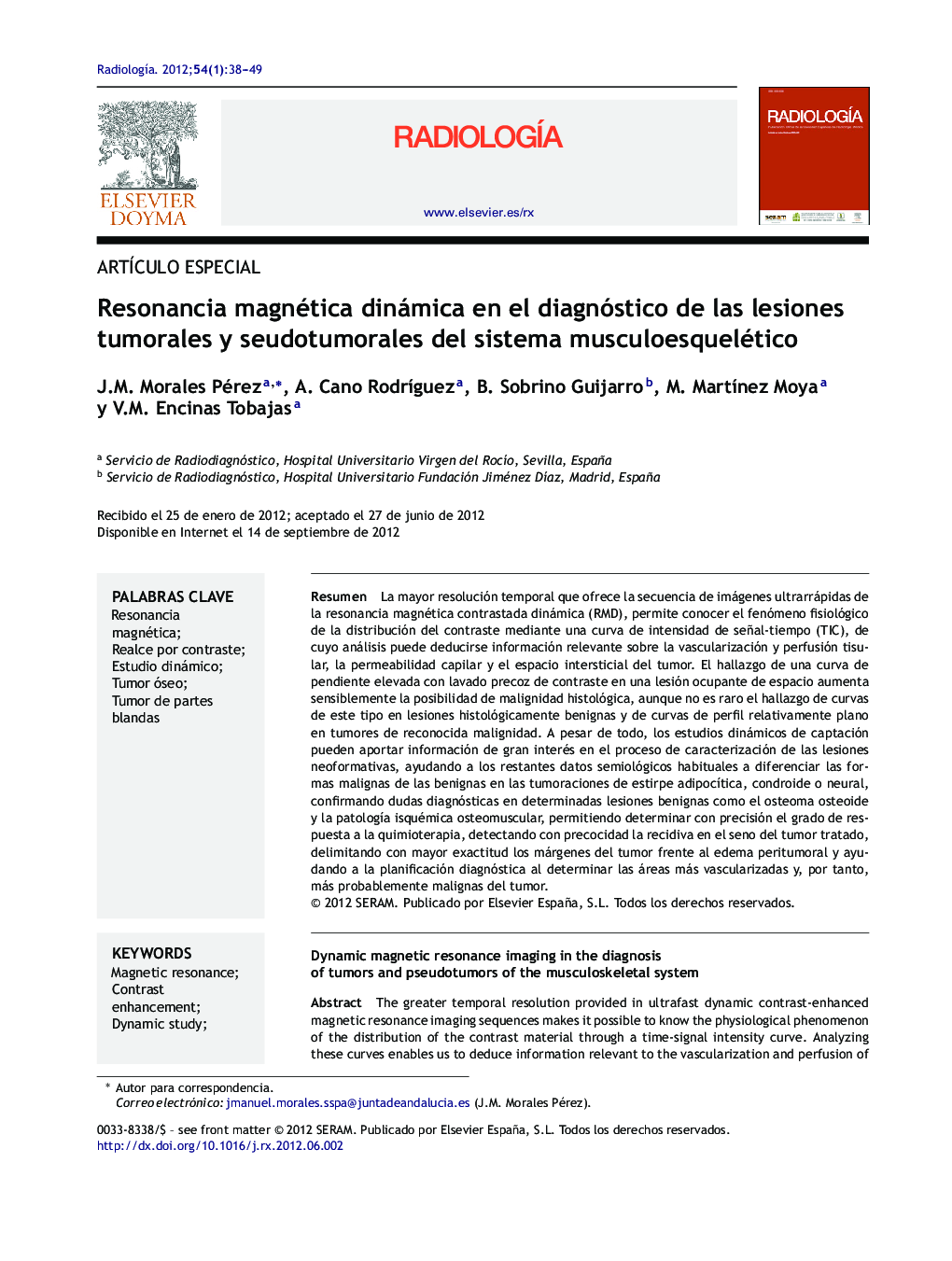| Article ID | Journal | Published Year | Pages | File Type |
|---|---|---|---|---|
| 4245617 | Radiología | 2012 | 12 Pages |
Abstract
The greater temporal resolution provided in ultrafast dynamic contrast-enhanced magnetic resonance imaging sequences makes it possible to know the physiological phenomenon of the distribution of the contrast material through a time-signal intensity curve. Analyzing these curves enables us to deduce information relevant to the vascularization and perfusion of tissues, capillary permeability, and the interstitial space in the tumor. A steep curve with early washout in a space-occupying lesion greatly increases the possibility of histological malignancy, although this type of curve is not rare in benign lesions and relatively flat curves are not rare in malignant tumors. Nevertheless, dynamic studies of the uptake of contrast material provide important information for the characterization of neoplasms that, together with the usual signs, can help to differentiate between benign and malignant tumors of adipocyte, chondroid, or neural lineage, clearing up diagnostic uncertainty in certain benign lesions such as osteoid osteoma and ischemic musculoskeletal disease. Furthermore, it enables the accurate determination of the response to chemotherapy, detecting recurrence within the treated tumor early, delimiting more precisely the margins between the tumor and peritumoral edema, and helping in diagnostic planning by determining the most vascularized areas of the tumor, which are more likely to be malignant.
Keywords
Related Topics
Health Sciences
Medicine and Dentistry
Radiology and Imaging
Authors
J.M. Morales Pérez, A. Cano RodrÃguez, B. Sobrino Guijarro, M. MartÃnez Moya, V.M. Encinas Tobajas,
